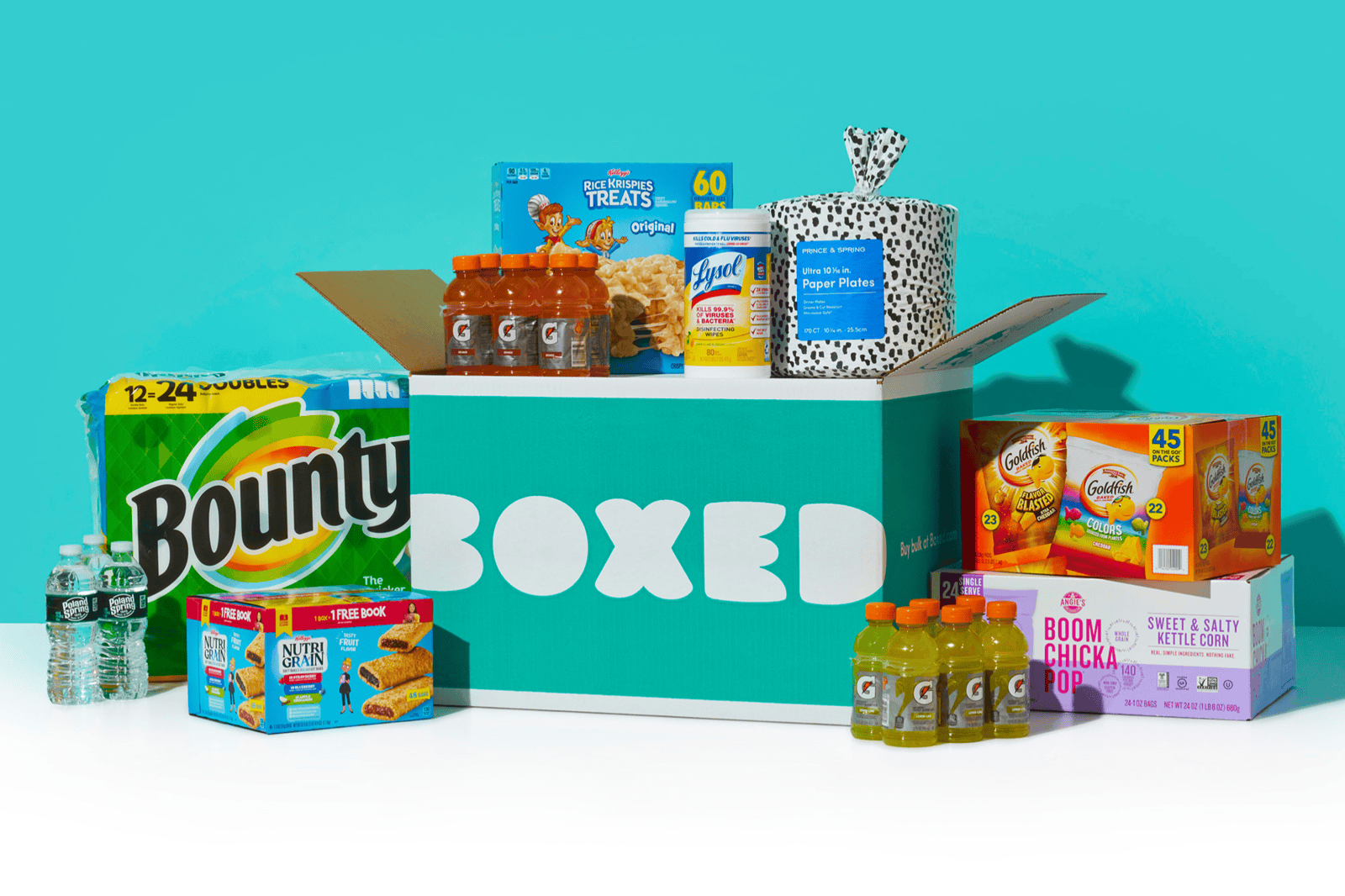Online retailer Boxed recently made headlines by filing for bankruptcy under Chapter 11, underscoring the inherent challenges in the low-unit economics of online grocery delivery.
Despite gaining popularity for its bulk delivery service, Boxed faced significant headwinds, ultimately leading to a decision to wind down its retail operations. So What Went Wrong With Boxed?

Strategic Missteps and Economic Pressures
Boxed, founded in 2013 by CEO Chieh Huang, initially gained momentum by providing consumers access to wholesale bargains without the need for annual membership fees. However, the company's attempt to compete with giants like Costco and Sam’s Club in the digital space proved challenging.
Retail analysts pointed out that the e-commerce profitability for grocery services faced inherent difficulties, especially when mirroring the in-store shopping experience offered by traditional retailers.
In 2021, Boxed went public through a merger with a special purpose acquisition company (SPAC), capitalizing on the SPAC trend that was prevalent at the time. Unfortunately, the company experienced a significant increase in net losses, quadrupling to $26.3 million by the end of September 2022, placing it under substantial financial pressure.
Market Dynamics and Changing Landscape
Boxed faced intense competition from established players like Costco and Sam’s Club, which, combined with the challenges posed by inflation, led many shoppers to opt for more familiar alternatives. The e-commerce growth rates that Boxed experienced during the pandemic slowed down, contributing to a drop in revenue from its retail division.
Moreover, Boxed's reliance on private label goods, such as Prince & Spring, limited its digital advertising opportunities compared to competitors who leveraged major national brands for profitability in the grocery e-commerce space.
Missed Opportunities and Strategic Choices
Despite attempting to diversify and expand its tech business, Spresso, and entering into partnerships for logistics, Boxed struggled to adapt to the changing dynamics of e-commerce. The company's attempt to navigate the challenges by expanding into tech and logistics faced headwinds, and its failure to achieve the necessary scale for economic viability became apparent.
Industry experts suggest that Boxed might have been better positioned had it aligned itself with a larger part of the omnichannel commerce ecosystem, like partnering with platforms such as Instacart. This could have allowed Boxed to tap into a broader market, catering to both grocery and bulk item shoppers.
In conclusion, while Boxed's demise highlights the difficulties in the online grocery delivery sector, it is crucial not to extrapolate the fate of one company to the entire industry.The challenges Boxed faced, from intense competition to economic pressures, serve as a cautionary tale for companies in the e-commerce space, emphasizing the importance of strategic decisions, scale, and adaptability in a rapidly evolving market.
